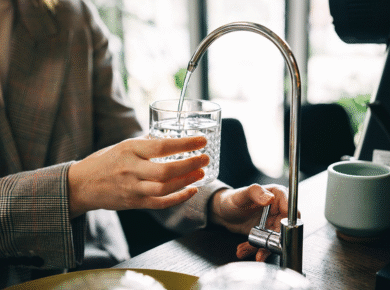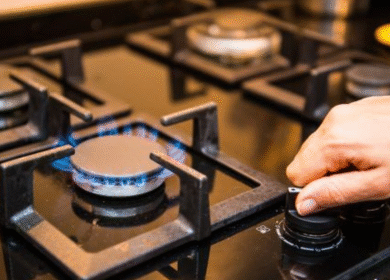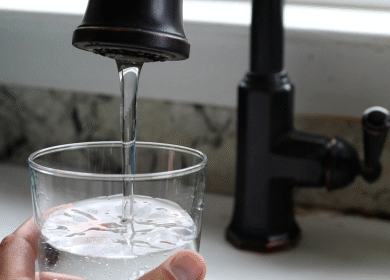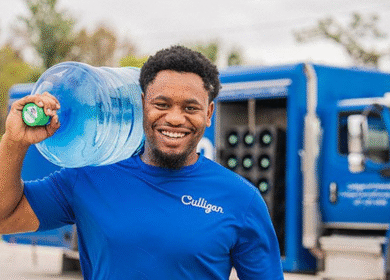Why More Homeowners Are Turning to Reverse Osmosis for Cleaner, Safer Water
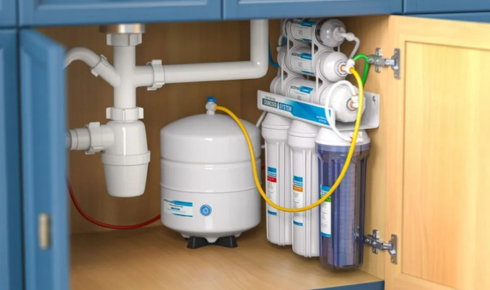
There’s something comforting about pouring a glass of water straight from the tap, knowing it’s clean, crisp, and safe. Yet, many people don’t trust what comes out of their faucets anymore. Between reports of chemicals, heavy metals, and “hard water” issues, it’s no wonder families are searching for reliable solutions. That’s where Reverse Osmosis Water Filter Systems quietly step into the picture.
Unlike basic filters that simply improve taste, reverse osmosis digs deeper—removing impurities that the naked eye can’t spot and the tongue can’t always taste. It’s not about paranoia; it’s about peace of mind. After all, water is something you drink daily, cook with, and give to your kids. Why leave it to chance?
What Exactly Is Reverse Osmosis Anyway?
Let’s skip the jargon and make this simple. Reverse osmosis (often shortened to RO) is like giving your water a multi-stage spa treatment. It pushes tap water through a semi-permeable membrane, weeding out things like lead, arsenic, nitrates, and even microscopic bacteria.
Think of it as the bouncer at the clean-water nightclub. Only the good guys—H2O molecules—get in. Everything else? They’re bounced back into the drain line.
The result is water that not only tastes better but feels lighter. People who switch often notice their morning coffee tastes less bitter, pasta comes out with a smoother texture, and even ice cubes look crystal-clear.
The Cost Question That’s Always on People’s Minds
Of course, the moment you start looking into any water system, the first practical question is: “Alright, but how much is this going to set me back?” The truth is, the reverse osmosis filtration system cost can vary depending on the brand, capacity, and installation method.
At the lower end, under-sink RO systems for small households might run a few hundred dollars. Larger, whole-house setups designed to serve every faucet can creep into the thousands. Then there’s maintenance—replacing filters every 6–12 months and the RO membrane every couple of years.
Yes, it adds up. But here’s a little perspective: compare it to buying bottled water regularly. Over time, bottled water costs more, creates plastic waste, and becomes an inconvenience. So, many homeowners see RO as an upfront investment that pays them back in both money saved and health protected.
Why Families Are Choosing RO Over Other Options
There’s no shortage of water filtration systems on the market—carbon filters, UV purifiers, water softeners, you name it. Each has its strengths, but what makes reverse osmosis stand out is its consistency. It doesn’t just “reduce” contaminants; it removes up to 99% of them.
For parents raising kids, this often seals the deal. They’re less concerned about the perfect mineral balance and more focused on not having lead or chlorine show up in a water test. It’s also popular among people living in areas with known water quality issues or old infrastructure.
And then there’s the taste factor. Once you’ve had pure RO water, it’s tough to go back. It’s almost like comparing homemade bread to store-bought—both do the job, but one just feels right.
The Best Systems for Everyday Living
Here’s where it gets interesting: not all RO systems are created equal. Some are bulky and require a professional to install. Others are sleek enough for a DIY project. But when it comes to finding the best residential reverse osmosis filter, it’s less about fancy marketing and more about what fits your daily habits.
For example, a small family might only need an under-sink unit that delivers a few gallons a day. A larger household with heavy water usage might look at whole-home models or high-capacity tankless systems. Then there are features like remineralization filters, which add back calcium and magnesium for taste and health.
The “best” system is the one that balances efficiency, durability, and practicality for your home—not necessarily the priciest one on the shelf.
Maintenance Isn’t as Scary as It Sounds
When people hear “multi-stage filtration,” they assume it means complicated upkeep. The reality? Most RO units are designed for homeowners to handle filter changes themselves. Many have simple twist-off cartridges that take a few minutes to swap.
The bigger thing is remembering to actually do it. Neglected filters lose efficiency and can even harbor bacteria. A simple calendar reminder every six months usually does the trick. It’s like servicing your car—regular attention keeps everything running smoothly and avoids bigger issues later.
Environmental and Lifestyle Benefits
Here’s a side effect many people don’t expect: adopting an RO system often changes your relationship with water overall. Once the filtered water becomes your household standard, you’re less likely to rely on disposable plastic bottles. That means less waste, less clutter, and less guilt about contributing to landfills.
On a lifestyle note, many households report drinking more water once they switch. Why? Because it simply tastes better. No strange aftertaste, no “chlorine swimming pool” smell. Just clean, refreshing water that encourages hydration.
Is Reverse Osmosis for Everyone?
Not necessarily. If your area already provides high-quality, mineral-rich water, you might not feel the difference as strongly. And for those on very tight budgets, the initial cost can feel like a stretch.
But for people with health concerns, old plumbing, or simply a desire for consistency, it’s a worthy upgrade. At the end of the day, water isn’t just another household utility—it’s the foundation of your health.
Final Thoughts: Peace of Mind in Every Sip
Reverse osmosis isn’t some flashy tech trend. It’s a quiet, dependable solution that’s been around for decades. The reason it continues to grow in popularity is simple: it works.
From the busy mom filling sippy cups, to the couple brewing coffee each morning, to the fitness enthusiast mixing protein shakes—everyone benefits from knowing the water they’re using is as pure as possible.
Clean water doesn’t solve every problem in life, but it’s a solid start. And in a world where so much feels uncertain, having confidence in something as simple and vital as your daily glass of water is more than worth it.
